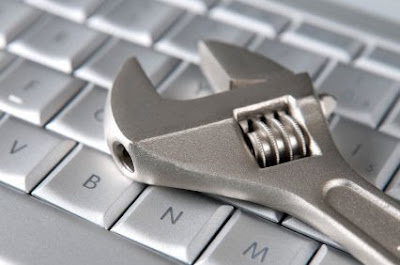 Learning how to start a computer in Safe Mode is a must for Windows users. This feature can save you from software conflicts and enable you to perform better virus scans.
Learning how to start a computer in Safe Mode is a must for Windows users. This feature can save you from software conflicts and enable you to perform better virus scans.What Is Safe Mode?
Safe Mode is a way of operating Windows with only a few programs running in the background. Think of it as a bare-bones version of Windows that activates only the programs necessary to get your computer running. Safe Mode is very useful for troubleshooting problems with your computer, especially if Windows isn't starting up for you or if your computer frequently crashes. Lots of nasty viruses and malware can cause your computer to crash, and some utility programs or software updates can make Windows unstable. Most of these programs start running automatically when Windows boots. Safe Mode allows you to start Windows without initializing these programs, so you can run software and remove the malicious files.
Entering Safe Mode
It's very easy to reboot in Safe Mode. For Windows XP and Vista users, it's virtually the same process.
When you turn on your computer, you'll see a black screen that has the Windows logo on it before your desktop loads. While this screen is visible, tap the F8 key repeatedly if you're using Vista or hold the F8 key down if you're using Windows XP. This should load a black screen with gray text with the options of starting Windows normally or in Safe Mode.
You'll notice that there are a few different versions of safe mode. Most users should choose regular Safe Mode. The option -Safe Mode with Networking' allows you to access your local network or the Internet. -Safe Mode with Command Prompt' is for advanced users and provides access to an MS-DOS prompt. To choose a Safe Mode, use the arrow keys on your keyboard to select one of the options, then hit Enter.
Fixing Problems in Safe Mode
Once you're in Safe Mode, you can scan your computer for viruses, defragment your hard drive, uninstall recent software additions or use System Restore to revert your computer to a more stable environment. Some software won't run while you're in Safe Mode, so it should only be used to diagnose and repair issues with your operating system.
Turning Safe Mode off is even easier than getting into it. Once you're finished with your troubleshooting and repairs, just restart Windows as you normally would and your system will boot with all of its programs.
No comments:
Post a Comment